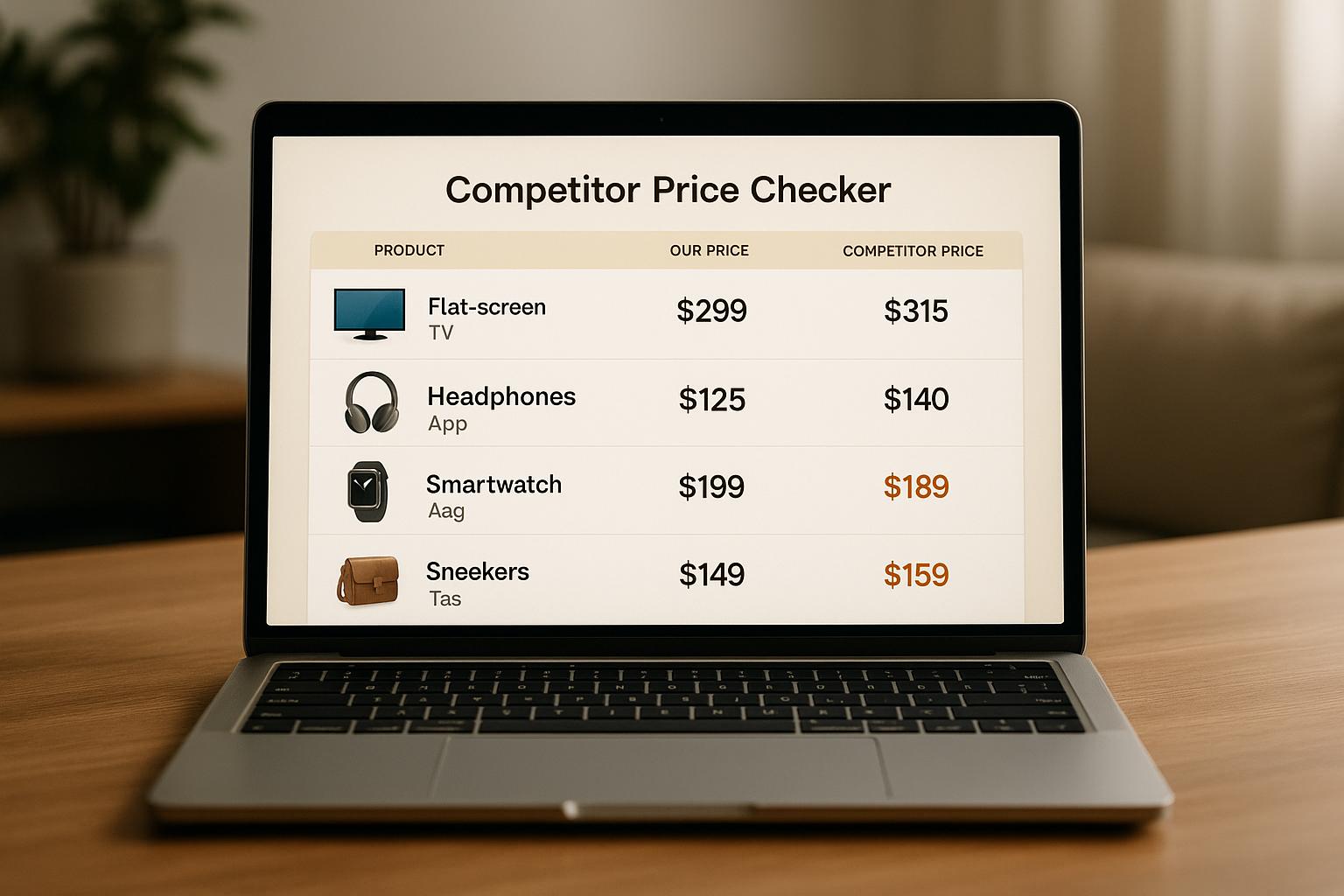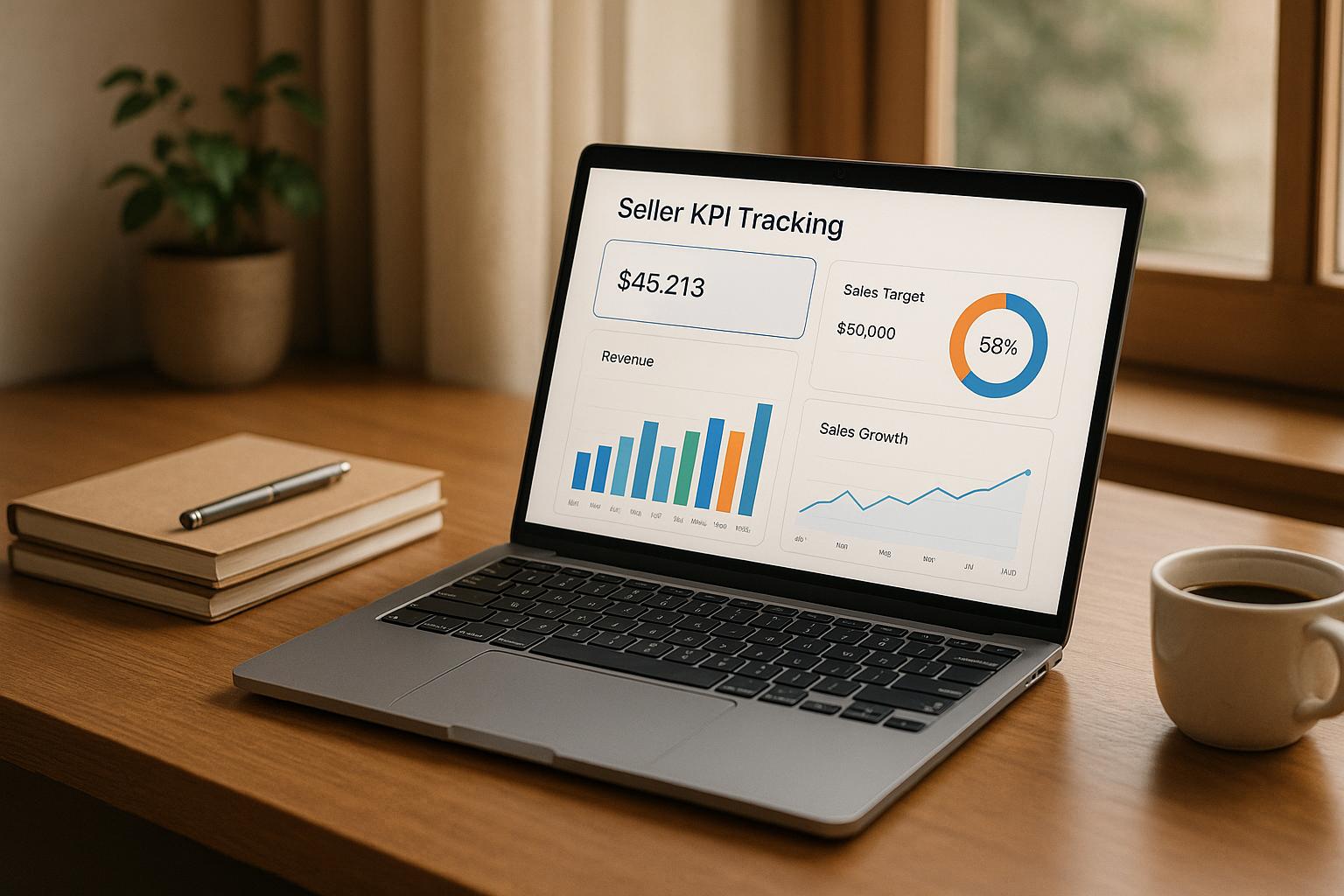Google Shopping's hidden gold: extracting price data for e-commerce

September 10, 2024
Let's cut to the chase - if you're not tapping into Google Shopping's price data, you're leaving money on the table. Plain and simple. It's 2024, and this isn't just some nice-to-have. It's essential in e-commerce.
In this post, we're rolling up our sleeves and diving into the nitty-gritty of Google Shopping price extraction. We'll cover:
- The Google Shopping goldmine: Why it's a big deal and how it's shaking things up
- Google's wild ride: How they're flipping the script on Shopping (and why you should care)
- Data extraction: The good, the bad, and the "are you kidding me?"
- Our secret sauce: How we're cracking the code when others can't
- The name game: Why what you call your products can make or break your data game
- The bottom line: Turning all this tech talk into cold, hard case
By the time we're done, you'll see why Google Shopping data isn't just nice to have - it's the edge you've been looking for. Ready to stop playing catch-up and start leading the pack?
Introduction
Google Shopping has emerged as a powerhouse in the e-commerce landscape, offering an unparalleled platform for both sellers and shoppers. With an astounding catalog of over 1 billion products from millions of sellers worldwide, it has become a go-to destination for consumers seeking a wide array of goods. The platform's reach is truly staggering, boasting 8.5 billion searches per day as of 2023. This immense user base underscores Google Shopping's significance in the digital marketplace and its potential to connect businesses with eager customers.
The platform's dominance is further solidified by its impressive market share, claiming over 30% of the e-commerce market. This substantial portion of the online retail space positions Google Shopping as a critical source of product data for both consumers and businesses alike. For sellers, this means unprecedented visibility and access to a vast pool of potential customers. For shoppers, it translates to a comprehensive and efficient shopping experience, with the ability to compare products, prices, and sellers all in one place.
As Google Shopping continues to evolve and expand its offerings, its role as a central hub for e-commerce activity is likely to grow even further, making it an indispensable tool for anyone involved in online retail.

The changing landscape of Google Shopping
Google Shopping, once a cornerstone of e-commerce advertising, is experiencing a shift in its prominence within Google's ecosystem. Despite its enduring popularity among retailers and consumers alike, the platform is receiving less direct attention from Google itself. This change in focus is not due to a lack of success, but rather a strategic pivot towards newer, more lucrative advertising formats. Google's decision to allocate resources elsewhere reflects the company's ongoing efforts to maximize revenue and adapt to evolving market dynamics.
At the forefront of this shift is Google's increased emphasis on Performance Max (PMax) campaigns. These campaigns represent a more comprehensive approach to advertising, leveraging Google's vast network and advanced machine learning capabilities to optimize ad performance across multiple channels. The move towards PMax is driven by its potential to generate higher ad revenue for Google, as it allows for more sophisticated targeting and bidding strategies.
This transition has led to a perception that Google isn't directly monetizing Google Shopping to the same extent as before, resulting in reduced investment and development of the platform. As a result, advertisers and e-commerce businesses are being encouraged to adapt their strategies to align with Google's new priorities, even as Google Shopping remains a significant player in the online retail landscape.

The wealth of organic product information
Google Shopping's organic listings have become a goldmine of valuable product information for both consumers and businesses. These listings offer a comprehensive view of the e-commerce landscape, providing detailed data on prices, product descriptions, and seller information. This wealth of organic product data allows shoppers to make informed decisions by comparing offerings from various retailers, while businesses can gain insights into market trends and competitor strategies. The richness of this information has made Google Shopping an indispensable tool for anyone involved in online retail, from casual shoppers to e-commerce professionals.

However, Google has implemented changes that have complicated the process of product identification and data extraction. A few years ago, the platform removed EAN (European Article Number) code identifiers from web pages, making it more challenging to uniquely identify products across different listings. Additionally, Google eliminated the ability to search for products using EAN codes, further complicating data extraction efforts. These changes have forced businesses and data analysts to develop more sophisticated methods for gathering and analyzing product information from Google Shopping's organic listings, highlighting the evolving nature of e-commerce data management and the need for adaptive strategies in the digital marketplace.
Challenges for Data Extraction
Google has significantly ramped up its efforts to protect product data on its shopping platform, implementing a series of complex measures to deter scrapers and automated data extraction tools. One of the most notable changes is the introduction of bogus results for EAN (European Article Number) searches. When querying the platform with EAN codes, which were previously a reliable method for identifying specific products, users now often encounter inaccurate or irrelevant information.

This deliberate obstruction makes it challenging for businesses and researchers to gather comprehensive product data efficiently.The complexity of data extraction is further compounded by Google's selective approach to providing accurate information. Only products with substantial search volume and popularity tend to yield reliable results when queried. This bias towards high-traffic items (i.e. Airpods) creates a significant hurdle for those seeking to extract data on niche or less popular products. As a result, comprehensive data collection across a wide range of products has become increasingly difficult, requiring more sophisticated and adaptive scraping techniques to overcome these challenges and obtain accurate, usable data from Google Shopping.
Overcoming data extraction hurdles
ShoppingScraper has developed a cutting-edge solution to tackle the complex challenges of data extraction from Google Shopping. Our upgraded search and match algorithm is specifically designed to navigate through Google's complex data structure and overcome the hurdles that often impede accurate data collection. This advanced system employs sophisticated techniques to identify exact products in real-time, making surethat the price data extracted is precise and up-to-date.
By leveraging machine learning and natural language processing, our algorithm can swiftly parse through the large array of product listings, matching items across different sellers and formats with remarkable accuracy. Another added security is to confirm the presence of the EAN code on one of the retailer pages.

One of the most significant challenges in Google Shopping data extraction is the immense variety of product titles and descriptions. Sellers often use different naming conventions, include various details, or structure their product information in unique ways. ShoppingScraper's algorithm addresses this issue head-on by employing adaptive parsing techniques that can understand and standardize diverse product information formats. Our system can identify key product attributes, normalize variations in terminology, and create consistent data outputs regardless of the input format. This capability not only enhances the accuracy of our data extraction but also provides our clients with standardized, easily comparable product information across multiple sellers and categories.
Conclusion
Google Shopping remains a vital source of product and pricing data for e-commerce businesses, despite the challenges in extracting this information. As the platform evolves, so too must the strategies and technologies used to gather and analyze its data.
Here are the key takeaways:
- Continuous refinement of algorithms is crucial to adapt to Google Shopping's changing data structure and presentation. This ongoing process ensures that businesses can consistently access accurate and up-to-date information, even as Google implements changes to deter automated data extraction.
- The value of Google Shopping price data extraction cannot be overstated for e-commerce businesses. It provides critical insights that allow companies to optimize their pricing strategies, respond to market trends, and make data-driven decisions. This information is essential for maintaining competitiveness in the fast-paced online retail environment.
- By successfully overcoming the challenges associated with data extraction from Google Shopping, companies can gain a significant edge over their competitors. This advantage comes from having access to more comprehensive and accurate pricing information, enabling better-informed business strategies.
























































